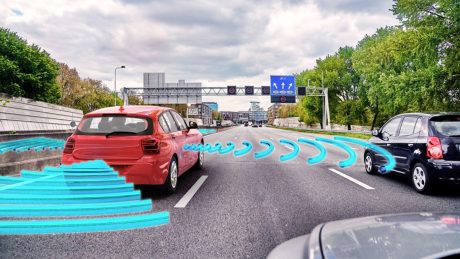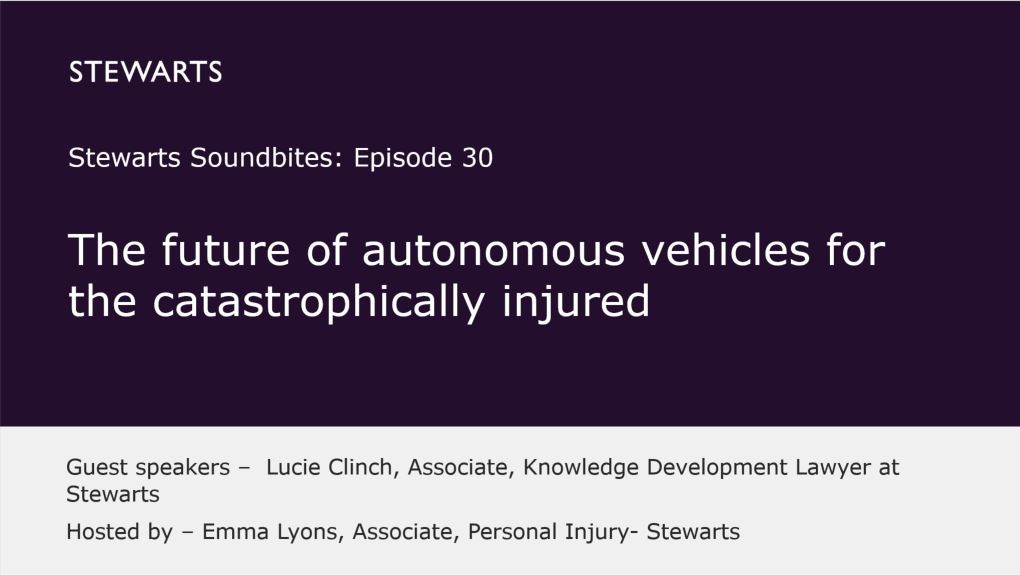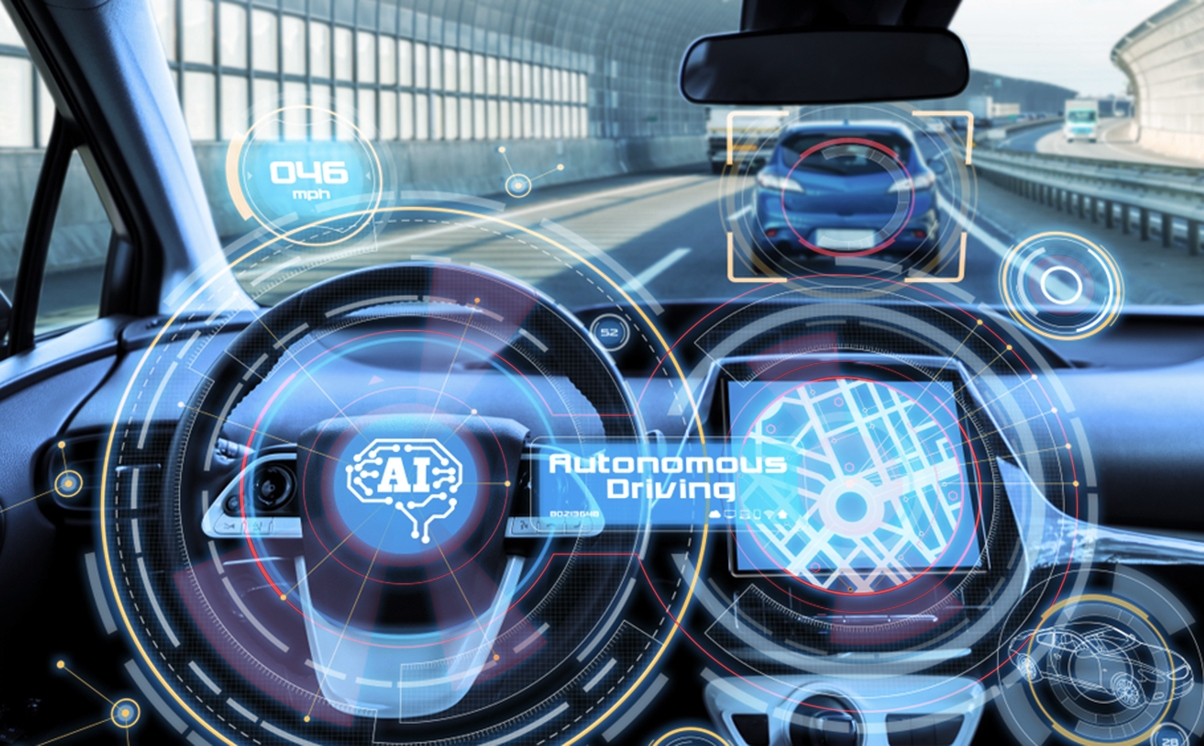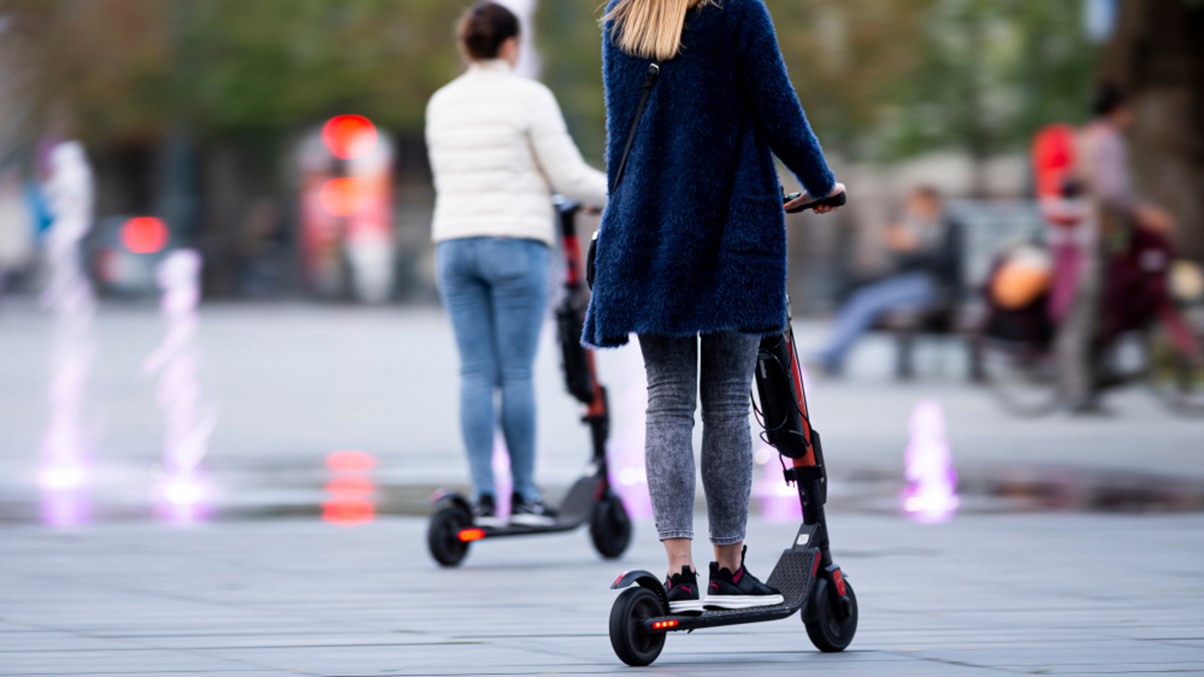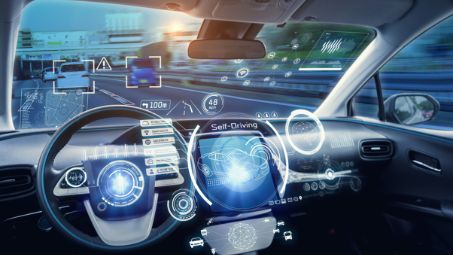Britain is seeking to be the world leader in automated driving, and as a step towards this, the government has announced that automated lane keeping systems (ALKS) will be defined as ‘autonomous’ for the purposes of the Autonomous and Electronic Vehicles Act (AEVA) 2018. Lucie Clinch looks at the many legal questions raised about the future of driving and road safety in this article in PI Focus.
Despite consultation responses in 2020 being widely unsupportive of defining ALKS as autonomous vehicles, the government is pushing ahead with this definition. In doing so, it is bringing autonomous driving on our motorways one step closer.
In this article, Lucie considers what this could mean for the law and injured accident victims. She also examines the suitability of the proposed new rules in the Highway Code dealing with autonomous vehicles.
What is an automated lane keeping system (ALKS)?
ALKS is a traffic jam chauffeur technology designed to control the lateral and longitudinal movement of a vehicle for an extended period without driver command. ALKS vehicles will be limited to operate at speeds of up to 37mph in certain conditions such as heavy, slow-moving traffic on motorways.
They are not approved to operate on other roads, such as those with cyclists or pedestrians. ALKS drivers should not be required to pay full attention to the driving task when ALKS is engaged. But crucially, ALKS should also maintain the ability to return control to the driver safely, by issuing a transition demand, as and when required.
Why the announcement, and what does it mean for our roads?
The government is keen to ensure that the UK remains at the forefront of the autonomous driving revolution. The announcement means that we could be seeing automated cars with ALKS on our roads during 2022, at the earliest. While ALKS is an important first step towards developing systems with higher levels of autonomy, there are still plenty of questions to be answered before they become widely available for use.
Will ALKS be an autonomous vehicle (AV) for the purposes of the AEVA 2018?
This is where the legal position becomes complicated. When the government announced the arrival of ALKS, it coincided with an announcement that ALKS technology could be legally defined as ‘self-driving’ under the AEVA as long as it has GB type approval, meaning that it meets a set of standards within Great Britain (as opposed to a set of standards as required by another country), and there is no evidence to challenge the vehicle’s ability to self-drive.
However, there is no list yet under the AEVA as to what vehicles are AVs. ALKS vehicles can only be listed if they have a certificate confirming the vehicle meets certain regulatory, technical and safety requirements (ie. are ‘type approved’). We await news of any vehicles being placed on the list, even though the Act received royal assent in April 2021.
Interestingly, most respondents to the ALKS call for evidence had concerns about whether a vehicle with ALKS would automatically be considered an automated vehicle under the Act. Several respondents suggested that ALKS should be considered as an advanced driver assistance system (ADAS) as there is a requirement for the driver to be able to take back control.
Similarly, concerns were raised by Thatcham Research and the Association of British Insurers as to the functionality of ALKS technology and the regulations under which they will operate. Thatcham Research says that ALKS cannot replicate what a competent and engaged human driver can do and, therefore, are not safe enough to be classified as ‘automated driving’.
Nevertheless, the government says that vehicles with ALKS will be defined as self-driving under the Act. This means that an accident involving ALKS should invoke a right of action against the insurer of the ALKS vehicle for the purposes of injured victims’ compensation.
Are there benefits of defining ALKS vehicles as ‘self-driving’ under AEVA?
The AEVA defines an AV as ‘driving itself’ if it is ‘operating in a mode in which it is not being controlled, and does not need to be monitored, by an individual’. The AEVA was drafted in anticipation of full automation, ie. a vehicle that does not require any human monitoring and can be expected to respond to various traffic scenarios without any need for human control or intervention. Julian Chamberlayne and I have previously written about the various liability issues for semi-autonomous vehicles, to which the Act will not apply. Taking the government announcement at face value, it seems that vehicles with ALKS would, in theory, be covered by the AEVA.
A transition demand is the procedure hereby the system requests to transfer the driving task back to the human driver. So, we must ask, can a vehicle with ALKS be ‘driving itself’ if it also requires a driver to be ready to take back control on demand? ALKS suggests you can take your hands off the wheel and engage in other activities. Not only does this risk public and driver confusion, but it also risks the safety of the driver and other road users. Drivers must be educated as to what is and is not permitted if the vehicle is in ALKS mode, and is defined and listed as an AV under the Act.
If a vehicle with ALKS is defined as self-driving under the AEVA, that potentially opens up a direct route for injured victims of ALKS accidents to pursue compensation directly from the ALKS insurer under section 2(1) of the Act, where an accident is ‘caused or partly caused’ by the AV.
While it would be reassuring for those injured that the insurer would be directly liable under the Act, Lucie anticipates disputes as to whether and when a ‘transition demand’ was issued, whether and when the driver should have taken control, and disputes as to whether he / she failed to do so in time.
The current suggestion is that control should be taken within ten seconds of the demand being issued by the vehicle. There might also be questions of whether ALKS should have been in use at all, causing questions around driving and traffic conditions at the time of the accident, driver training and driver awareness.
Where would the line be drawn between the human driver and the vehicle in relation to liability? It is still unclear as to how this law will work in practice and what standard of driver would be applied.
The uncertainty
The consultation responses and review showed plenty of areas of concern that must be clarified before ALKS is rolled out. To summarise, these include:
- ALKS technology and capability remains unclear. There is a risk that the marketing of a system to be autonomous will cause drivers to overestimate its capability (as drivers have and already do with the Tesla ‘autopilot’ function).
- If ALKS allows drivers to take eyes off the road, concern remains as to whether the driver would be able to take control in a timely manner in unexpected situations, such as a sudden change in weather conditions or falling debris.
- How are drivers to be trained on ALKS driving? Who should provide this, and should salespeople be trained in relevant guidance at the point of sale? What involvement should manufacturers have in the training process, and should learner drivers be taught ALKS driving?
- It is not clear how ALKS might detect emergency vehicles approaching from behind with sirens and lights, requiring the vehicle to pull over.
- ALKS does not yet have the capacity to operate effectively and would have difficulties distinguishing between road user collisions for which the vehicle should stop, and those where stopping is unnecessary. A concern would be for low impact collisions or scenarios where an ALKS vehicle skims or nudges a vehicle, causing a larger accident that the vehicle itself is unaware of and drives on.
- It remains unclear who would be given access to accident data. Responses to the call for evidence suggested that insurers, manufacturers, drivers and injured victims should be granted access to data. Questions remain about the processing and sharing of such data, where it is likely to be classified as ‘personal’ data.
- While the ALKS regulation suggests a ‘handover time’ of ten seconds from vehicle to driver, a study commissioned by the government from TRL, a subsidiary of the Transport Research Foundation, showed that there is no clear answer as to what drivers may do while being required to take back control on demand, nor how quickly they can do so. While ten seconds may be enough to place hands back on the wheel, the driver must also recover situational awareness, which could take longer. If the driver fails to respond and the vehicle stops in the lane as it is programmed to do, could more harm be caused to the driver, passengers and other road users?
Is this good news or bad news for injured claimants?
Unfortunately, it is not yet entirely clear what it means for injury claimants. On first look, by bringing ALKS into the AEVA, it is correct to assume that there might be some protection for injured accident victims in terms of recourse to compensation. However, there remains scope for the government to backtrack on its announcement and confirm that ALKS will not be ‘automated’ by definition.
Either way, there is still potential for injured parties to be faced with complicated multi-party claims, potentially involving manufacturers and developers, where it is not possible to determine who or what was at fault. Access to accident data remains crucial to injured victims and their families.
The New Highway Code
Alongside the ALKS announcement and the review of the responses to the call for evidence, a short consultation was launched into changes to the Highway Code to deal with automated driving.
The new rules add to the confusion over autonomous driving, despite seeking to ‘future proof’ the code for certain scenarios. It is known that many people do not look at or regularly review the Highway Code once they have passed their driving test.
Crucially, the proposed new rules state the following:
‘Automated vehicles are vehicles that are listed by the Secretary of State for Transport. While an automated vehicle is driving itself, you are not responsible for how it drives, and you do not need to pay attention to the road.’
Based on the announcement, this must mean vehicles with ALKS, and these vehicles are, we believe, going to be listed by the Secretary of State for Transport. However, the rule in the Highway Code goes on to say:
‘If the vehicle is designed to require you to resume driving after being prompted to, while the vehicle is driving itself, you MUST remain in a position to be able to take control. For example, you should not move out of the driving seat. You should not be so distracted that you cannot take back control when prompted by the vehicle.’
This sounds like ALKS, too, as you might be prompted to resume driving if you are still in the driving seat and not distracted. The rule itself is not clear, which goes against the regular stream of stakeholder responses to both the ALKS consultation and the Law Commission consultations on the importance of driver education and autonomous driving.
While a publicity campaign will be required on ALKS and the new section of the Highway Code, does the wording itself assist drivers entrenched in certain driver behaviours in knowing what they can and cannot do in a seemingly ‘automated’ vehicle?
In Stewarts’ response to the consultation to the new Highway Code, we suggested that the wording, if implemented, should be released alongside reminders to drivers that the usual rules such as wearing a seatbelt and not driving while under the influence of drugs and alcohol still apply. In other words, the conventional rules of driving will apply to these vehicles within the code. Finally, if this is to be the new rule, we ask whether ALKS or any other vehicle will have the technology to stop anybody breaching the relevant rules on self-driving. Again, this is not yet clear.
If ALKS or any form of automated driving is going to be introduced successfully, public education is paramount, as is clarity on the law and regulation.
It is crucial that the public also know what standard they can expect from such vehicles; is that the same standard as that of a reasonable human driver, or one that is better and safer than that? It appears that accidents are inevitable, particularly while automated and conventional vehicles are sharing the roads. The question remains as to how safe is safe enough, to warrant the arrival of our first truly self-driving vehicles?
Click here to access the full PI Focus, July 2021 Volume 31 Issue 6 online.
Lucie’s article is on page 10.
You can find further information regarding our expertise, experience and team on our Personal Injury pages.
If you require assistance from our team, please contact us or alternatively request a call back from one of our lawyers by submitting this form.
Subscribe – In order to receive our news straight to your inbox, subscribe here. Our newsletters are sent no more than once a month.

